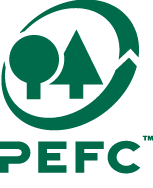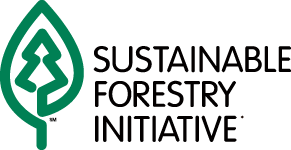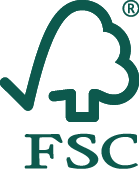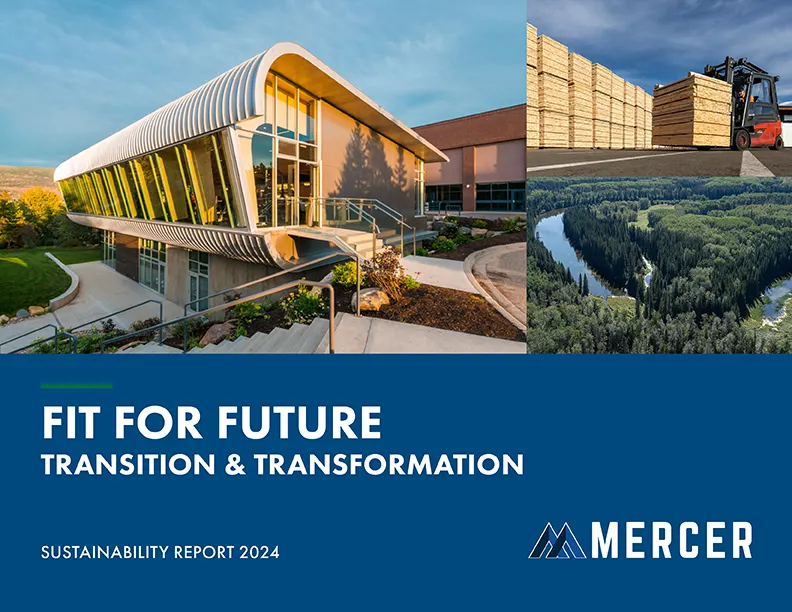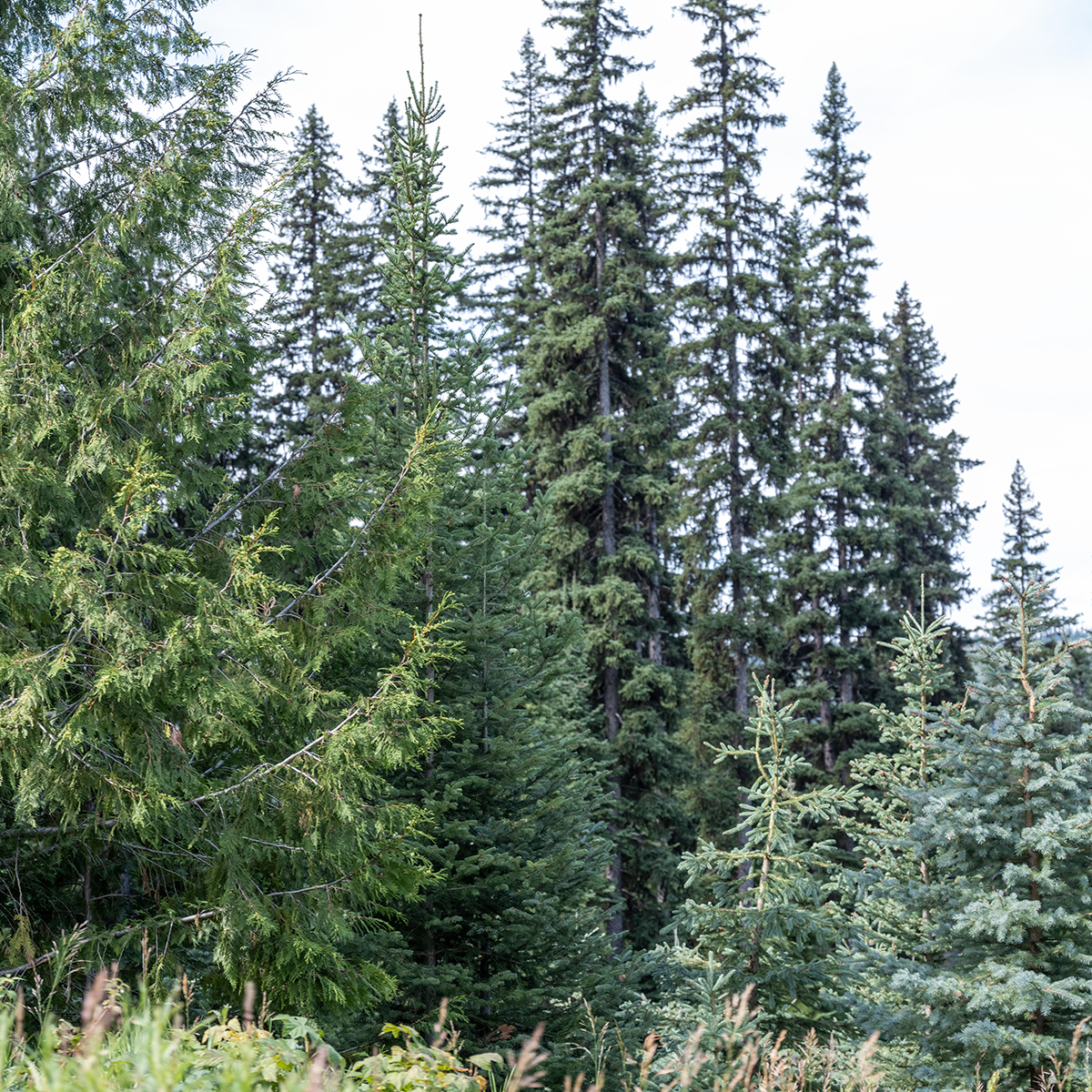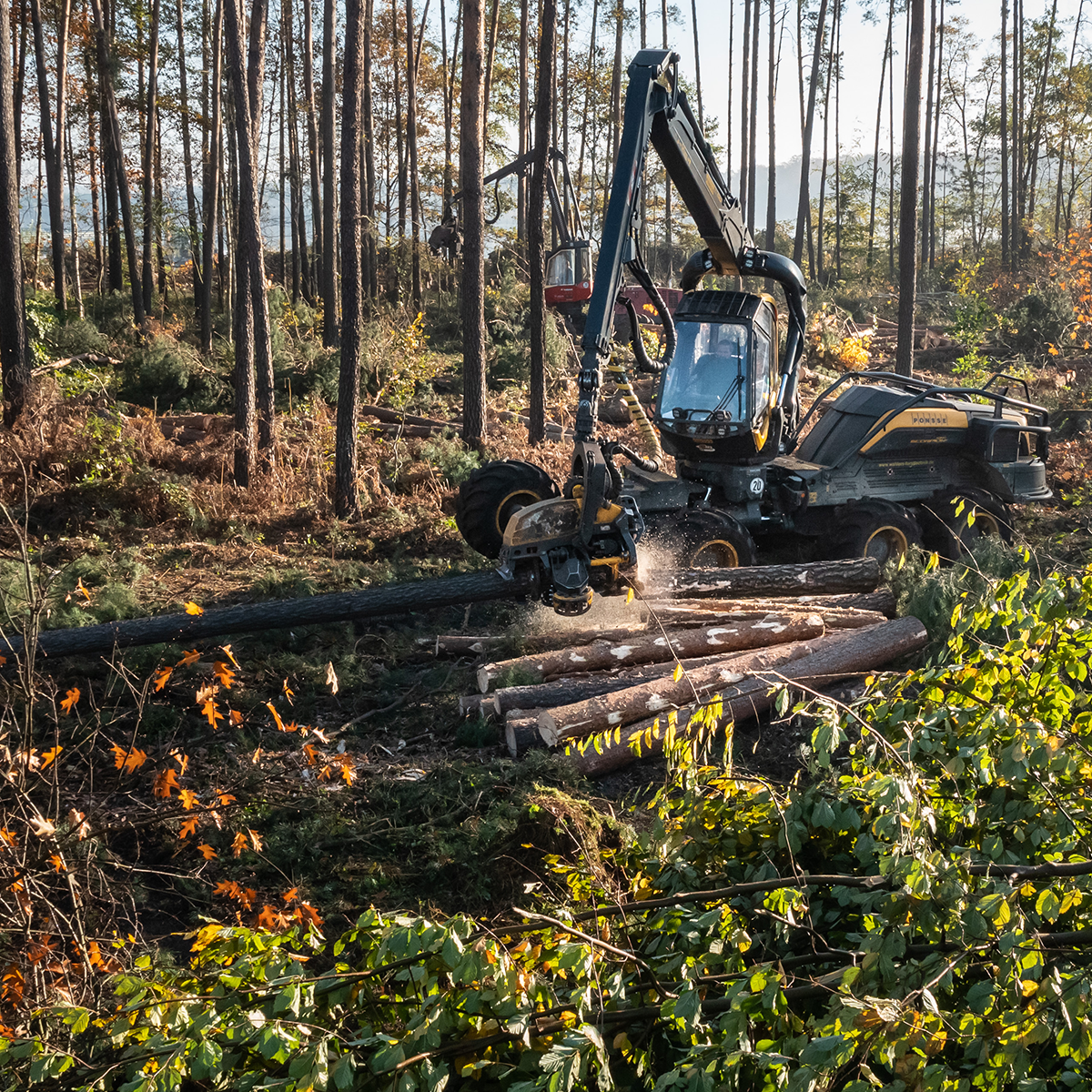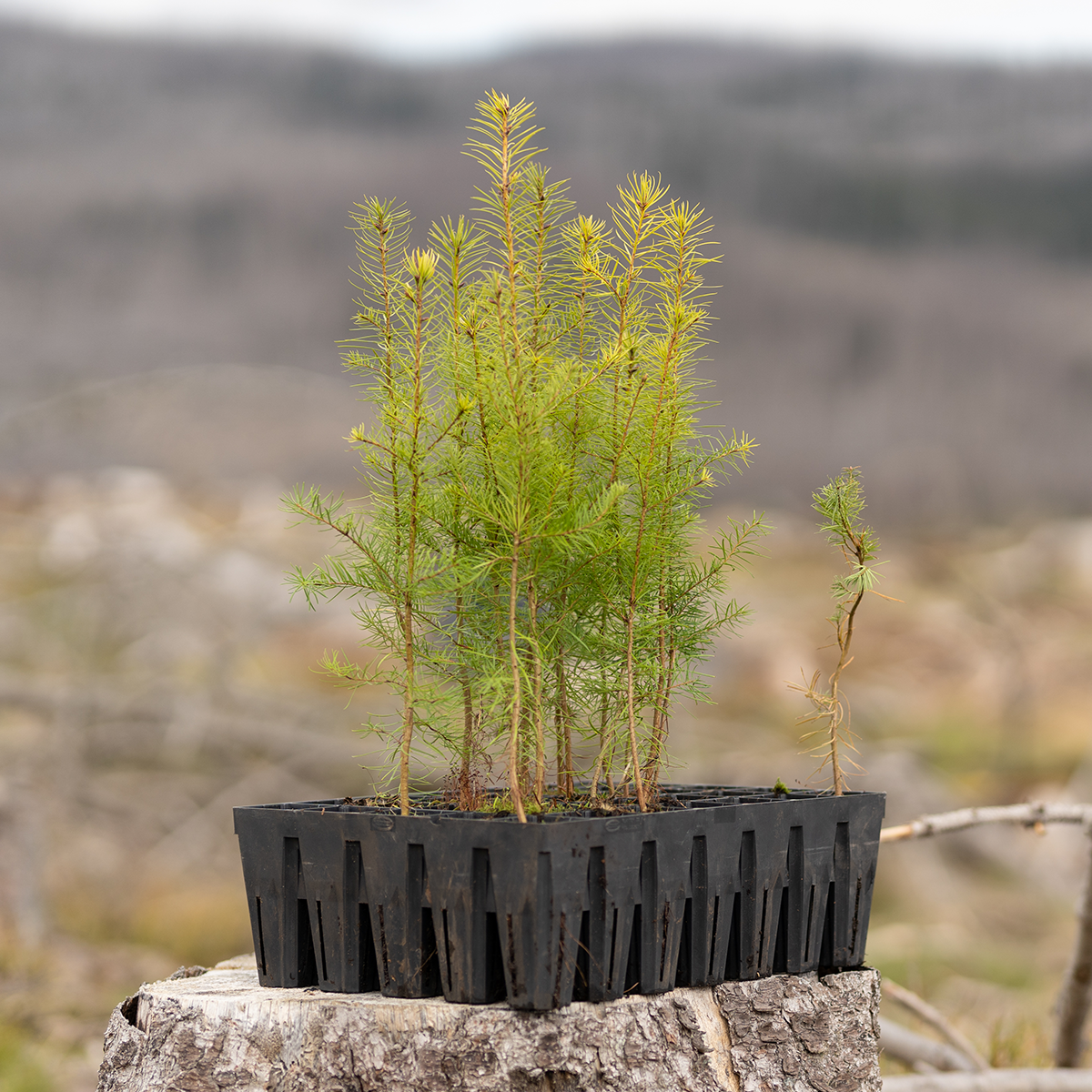Sustainable Forestry and Biodiversity
SUSTAINABLE FOREST MANAGEMENT
At Mercer, we understand that we must seek to be good stewards of the woodlands we manage and operate within. Mercer’s forest management activities are specific to our Mercer Peace River (MPR) operations in northwestern Alberta, Canada. MPR holds tenure on 7.3 million hectares of crown land, of which 2.7 million hectares are held under Forest Management Agreements (FMAs). This tenure is an area-based tenure, where MPR is responsible for the development of sustainable forest management plans for MPR and underlying Quota Holders. On the other 4.6 million hectares, MPR holds deciduous volume-based tenures as a Quota Holder under FMAs managed by other companies.
Our detailed forest management plans (FMPs) guide our forestry operations to ensure our harvesting practices align with regulatory requirements and Mercer’s operating rules and standards. Following a 200-year harvest planning horizon, our FMPs are updated every 10 years with objectives, indicators, and targets that incorporate input from public stakeholders and Indigenous communities.
Our forest management practices seek to balance environmental and socioeconomic needs while prioritizing ecosystem health. A critical part of this process involves employing ecosystem based management (EBM) which aims to restore, enhance, and protect the resilience of ecosystems by emulating natural disturbances. With EBM, harvests are performed to mimic patch size, shape, and structural diversity that would naturally occur on the landscape to promote biodiversity and maintain forest resilience.
Collaborative research directly informs Mercer’s sustainable forestry practices. MPR partners with research organizations and government agencies on projects related to ecosystembased management, climate change adaptation, and species protection to inform best practices and ensure that our forest management aligns with current scientific knowledge and changing environmental conditions.
The Six Principles of Sustainable Forest Management guide our approach:
- Maintain biological diversity
- Maintain ecosystem productivity
- Conserve soil and water
- Consider global ecological cycles
- Provide multiple benefits to society
- Accept society’s responsibility for the involvement of Indigenous communities and the public in sustainable development
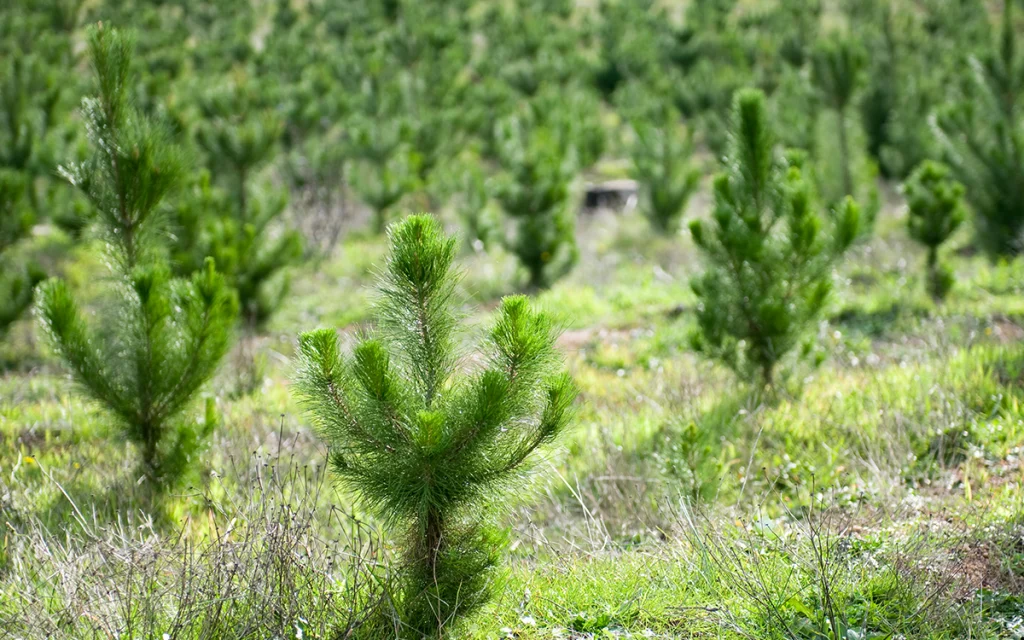
WHERE TECHNOLOGY MEETS GRASS ROOTS FOREST MANAGEMENT
Mercer’s Spatial Viewer technology incorporates satellite images with on-the-ground reports of what is happening on the forest floor. This data not only helps ensure that Indigenous communities maintain access to important resources including medicinal plants, hunting grounds, and lakes and streams, but provides Mercer with even more advanced data that informs smarter harvesting decisions. Knowing where birds may be nesting or protected species may be wintering, for example, allows for adjustments in harvesting areas that benefit local communities and the biodiversity of the forest.
BIODIVERSITY IN SUSTAINABLE FORESTRY
Mercer is committed to maintaining and supporting biodiversity – the variety of life and ecosystems – within our managed tenures and as part of our fiber sourcing. Sustainable forestry practices are intrinsically linked to the preservation of biodiversity, ensuring the long-term health and resilience of forest ecosystems.
We recognize biodiversity’s crucial role in healthy ecosystems and our business. Mercer Peace River actively manages its forests to protect wildlife habitats for species like songbirds, caribou, and trumpeter swans, guided by biodiversity conservation as a core principle of our sustainable forest management. We employ a mitigation hierarchy that prioritizes avoiding impacts through practices such as winter harvesting and buffer zones. We minimize impacts by emulating natural disturbances and maintaining structural diversity. Additionally, we actively restore and regenerate ecosystems through collaborative efforts, focusing on protecting critical areas like riparian zones. Furthermore, third-party forest certification plays an important role in upholding biodiversity values. Independent forest certifications provide assurance that forest management practices adhere to rigorous environmental and social criteria, including the protection of species at risk, the maintenance of natural forest structures, and the preservation of high conservation value areas.
We implement programs to control noxious weeds and maintain species, habitat, and genetic diversity, as well as soil and water quality. Our foresters and contractors are trained on identifying and reporting locations and features of high biodiversity importance, ensuring these areas are buffered and removed from our harvestable landbase. The principles embedded within sustainable forestry and verified through third-party certification systems are essential for safeguarding the intricate web of life within forest ecosystems.
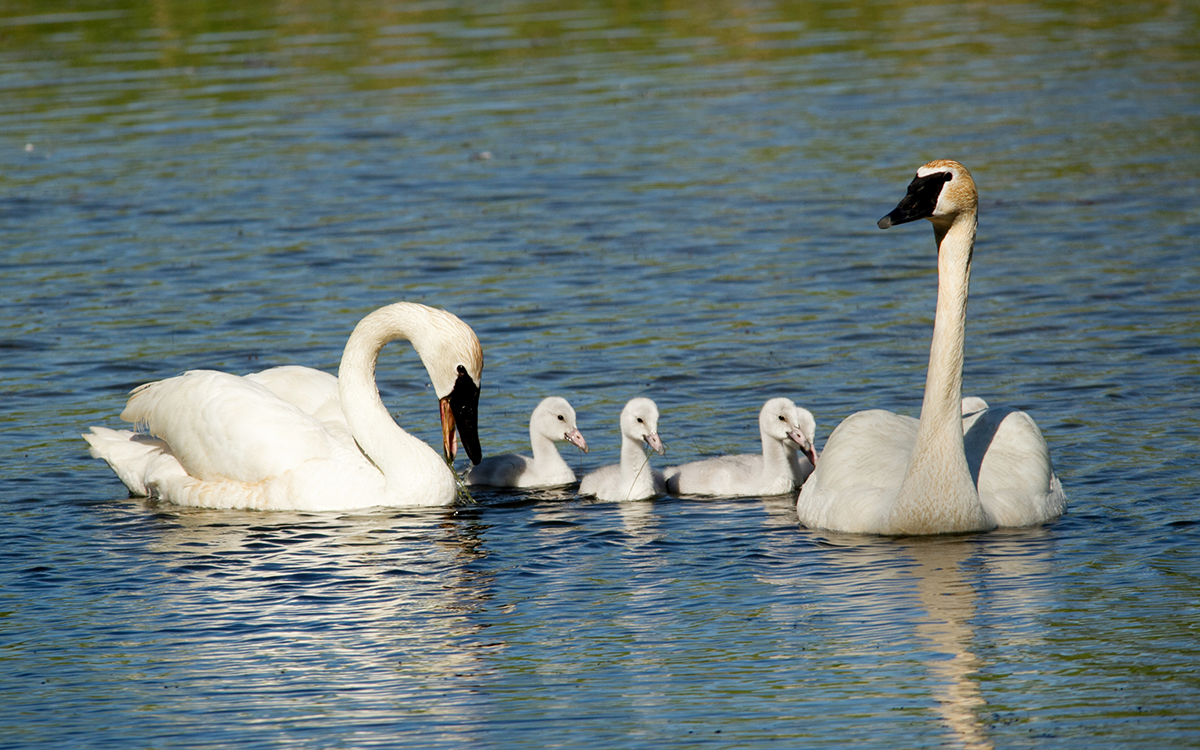

MONITORING BIODIVERSITY
Biodiversity is closely monitored in our managed tenures as part of MPR’s detailed forest management plans (FMPs). Mercer’s FMPs are framed around a set of Values, Objectives, Indicators, and Targets (VOITs) which ensure a holistic approach to sustainability. VOITs define what is important, what the desired outcomes are, how progress is to be measured, and how success is defined, guiding the planning, operations, monitoring, and adaptation while incorporating stakeholder and rights holder input. Ultimately, VOITs drive responsible forest management and accountability towards diverse ecological, economic, and social goals.
As part of the VOITs framework that guides our sustainable forest management in Alberta, we actively monitor biodiversity through 29 indicators across four levels—landscape, local/stand, species, and genetic. Key examples of these indicators include the area distribution of old, mature, and young forests by type, the variety of patch sizes, the amount of downed woody debris, the identified number of sensitive biodiversity sites, and the extent of our continuous reserve network that supports wildlife habitat connectivity.
CLIMATE-SMART FORESTRY
Mercer’s approach to climate-smart forestry centers on sustainable forest management practices that aim to optimize both climate adaptation and mitigation. This involves ensuring responsible harvesting, promoting ecosystem-based management to enhance forest resilience, maximizing the utilization of harvested wood to store carbon and displace more emissions-intensive materials, and actively engaging in initiatives that support wood’s role in climate protection.

Land Management Superintendent, Mercer Peace River
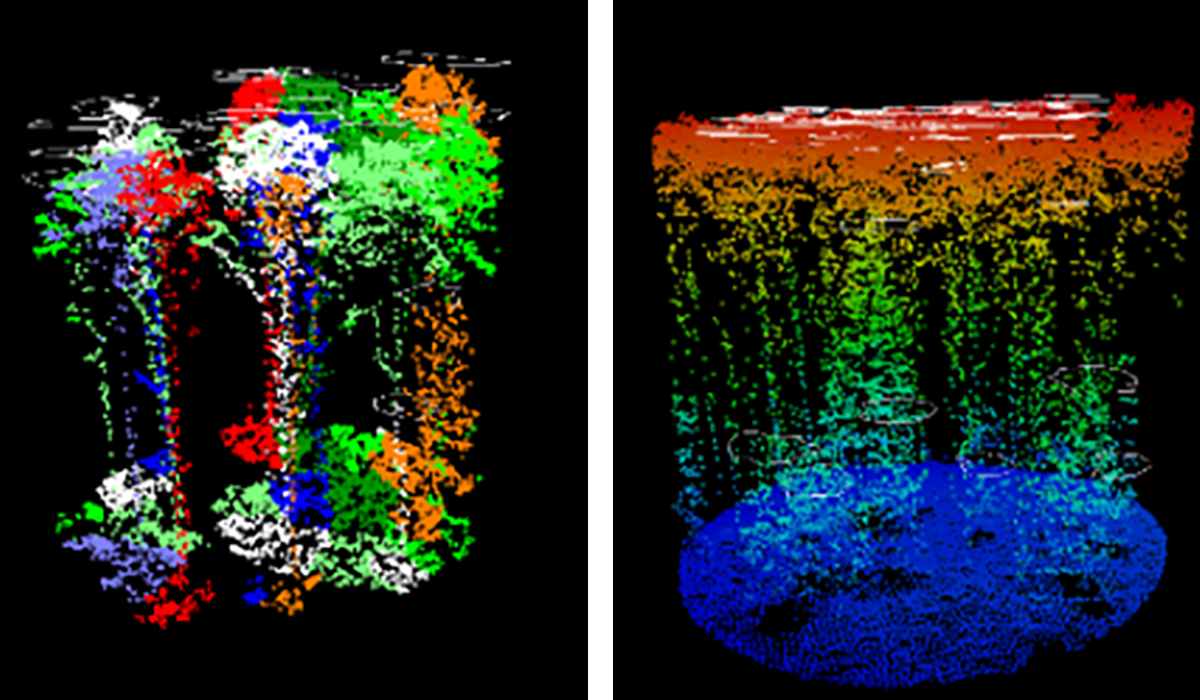
technology in our forest management planning.
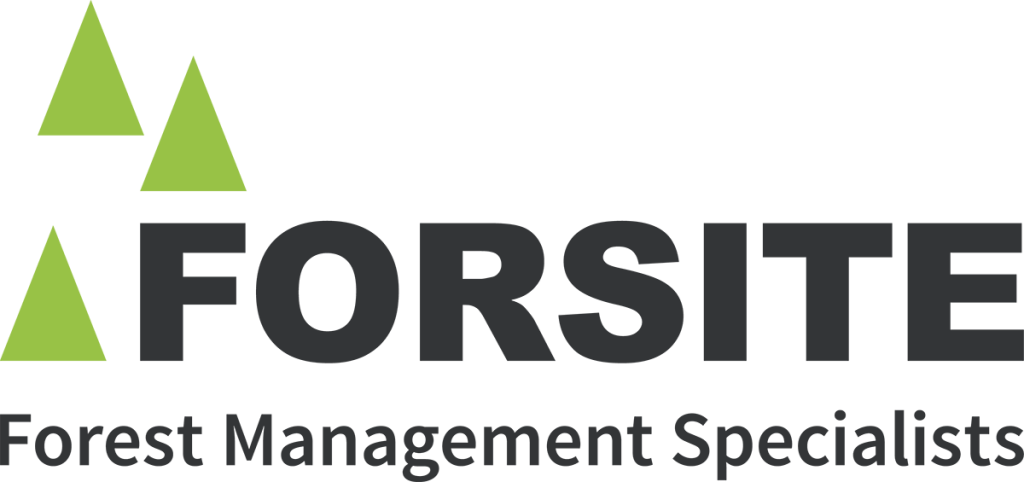

INTEGRATING NATURE-RELATED ISSUES THROUGH TNFD’S LEAP APPROACH
We recognize that our business is intrinsically linked to nature and the stability of ecosystem services that nature provides. As such, we acknowledge the responsibility and role we have in effectively understanding and managing our nature-related dependencies and impacts. In 2024, we continued to build on our assessment of nature-related issues, aligned with the Taskforce on Nature-related Financial Disclosures’ (TNFD) LEAP approach. This approach aims to help organizations conduct the due diligence necessary to inform disclosure statements aligned with the TNFD recommendations as well as provide guidance in identifying and assessing nature-related dependencies, impacts, risks and opportunities. Our assessment leverages various TNFD-recommended tools including the IUCN Red List of Threatened Species and Ecosystems, the World Database on Protected Areas, the Integrated Biodiversity Assessment Tool, the WRI Aqueduct Water Risk Atlas, and WWF Water and Biodiversity Risk Filters.
This year, we focused on the last phase of the LEAP approach: Prepare to respond and report. In this step, we determined our response to the material nature-related issues identified in the LEAP approach. To learn more, please see our TNFD Content Index available on our website here.
FOREST MANAGEMENT STANDARDS
Forest certification provides independent verification of sustainable forestry practices, ensuring responsible management and sourcing of forest products. Our managed forests in Canada are third-party certified to the Sustainable Forestry Initiative (SFI) Forest Management Standard as well as to the SFI Fiber Sourcing Standard. These certifications provide our customers and stakeholders with assurance that our wood supply, both from Mercer-managed forests and the wood we procure, comes from legal and responsible sources managed with sustainable forestry practices.
FIBER PROCUREMENT AND CHAIN OF CUSTODY STANDARDS
Mercer’s fiber procurement practices align with the Programme for the Endorsement of Forest Certification (PEFC), the Sustainable Forestry Initiative (SFI) Chain-of-Custody, and the Forest Stewardship Council (FSC) Chain-of-Custody certifications. These certifications outline the expectations of fiber procurement and fiber traceability through the supply chain, ensuring that fiber comes from legally authorized and responsible sources. Please visit our website to view a full list of certifications.
